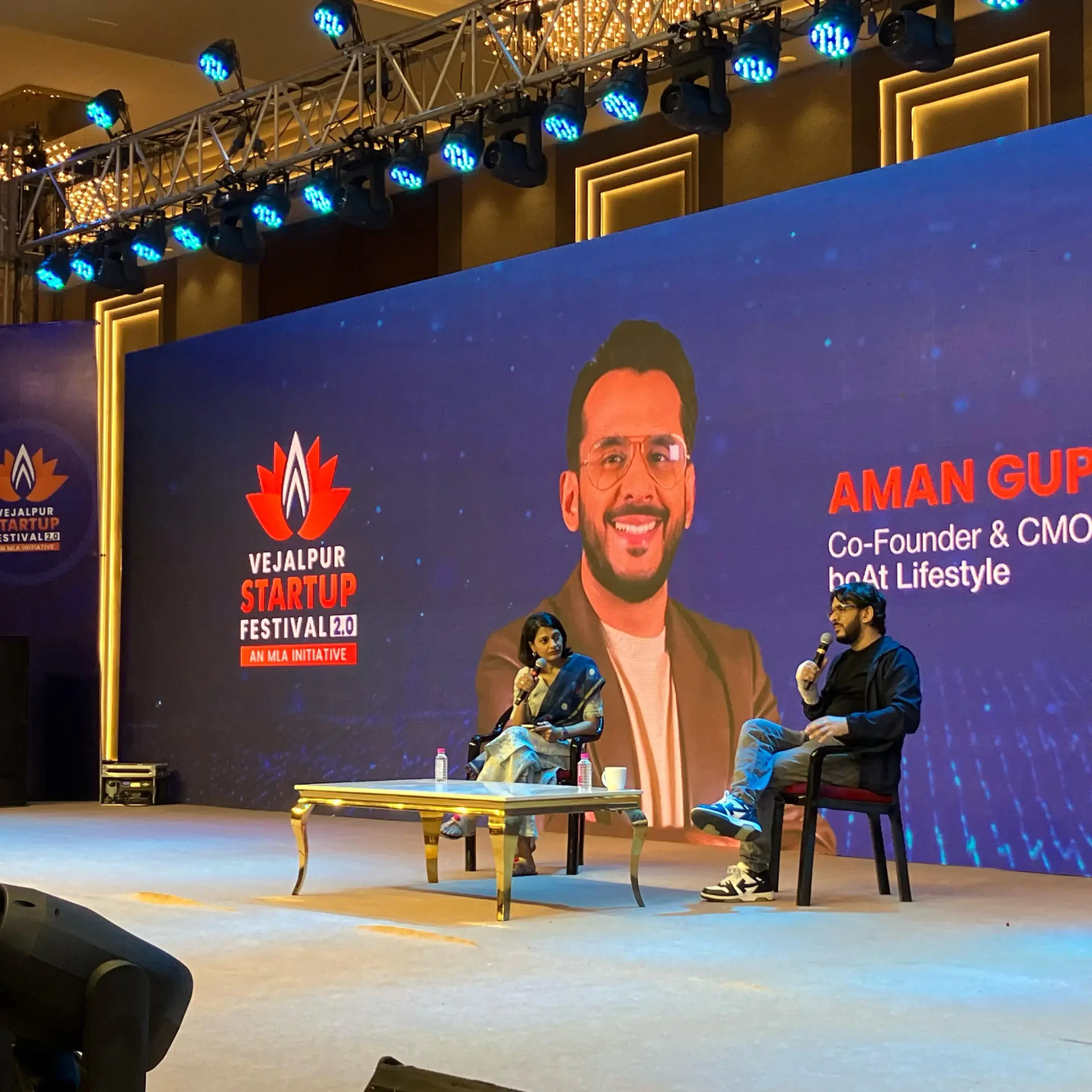To innovate better, adopt the power of metaphors
Metaphors, if chosen wisely, can do wonders for employees and customers alike, as demonstrated by the Mahinda XUV500 story.

Often good ideas are anchored around compelling metaphors, as Aristotle observed, “Ordinary words convey only what we know already; it is from metaphor that we can best get hold of something fresh.” The great thinker goes on to claim, “To be a master of metaphor is the greatest thing by far. It is a sign of genius.” Effective leaders have the ability to coin metaphors and analogies to unlock the creative potential of their teams.
Take for instance the objective Larry Page and Sergey Brin wrote in 2008 to capture the imagination of their engineering teams: “We should make the web as fast as flipping through a magazine.” The statement epitomises the need for speed, and offers an equivalent from everyday usage that almost anybody could relate to.
Japanese show the way
The Japanese business leaders have used the power of metaphors and analogies better than most others. For instance, the engineers at Honda adopted the metaphors of “man-maximum, machine-minimum” and “tall boy” to conceptualise Honda City, a car which is short in length and tall in height, perfectly suited for dense city traffic. The team at Canon drew inspiration from the ease of handling a “beer can” to design the minicopier with an aluminium copier drum that radically brought the cost and size down.
The duo of Akio Morita and Masaru Ibuka at Sony wanted a “music player to fit into a shirt pocket” (Walkman), and a video cassette of a “size of a paperback book which could hold an hour of colour programme” (Betamax), both unthinkable given the technology and skills of the era. But romanticising with ideas and possibilities is how the Japanese leaders pushed their troops to innovate.
On how Japanese strategically adopt metaphors for conceptualising new product development, Ikujiro Nonaka from the Hitotsubashi University notes,
Metaphor is a way for individuals grounded in different contexts and with different experiences to understand something intuitively through the use of imagination and symbols without the need for analysis or generalisation. Through metaphors, people put together what they know in new ways and begin to express what they know but cannot yet say.
Successful use in India
Back in India, one of the successful new products that came out of an intense market research and adoption of a powerful metaphor “cheetah”, is Mahindra XUV500.
In the backdrop of Mahindra’s hugely successful Scorpio, in 2006, the leaders at the company mooted an idea of “making a world-class SUV for the value-conscious Indians”. Instead of looking at the customers of today, the team sought the desires of the customers of the future.
On the importance of going future-back, Anand Mahindra, the Chairman of $20 billion Mahindra Group, shares, “The development of a car is in a sense managing the future. You must get yourself in a time machine and figure out what young people want. I believe the world is going to have to give more leeway to designers. There will have to be flight of fancy. Today, what is considered a flight of fancy, I believe will be the convention tomorrow.”
After performing a 100-day needs and wants survey of over 1,700 customers from across India, Italy, Spain, South Africa, and Australia, the team discovered that “customers want aggressive style and power”. This translated into a design brief: To build a car that offers aggressive styling, muscular looks, and a macho stance.
The team adopted the metaphor of cheetah, the world’s fastest animal, to connote speed, agility, aggression, and muscle. The signature monocoque design was inspired by cheetah, and so were the elements of bodylines, the muscular wheel arches, the jaw-like front grills, and paw-like door handles.
Further, to get to feel the power first hand, the design team was sent to Masai Mara, Kenya, where they encountered the beast in its wilderness and learnt how the landscape changes itself over the day -- how a car would transform itself from one you would take to your office during the day to becoming a beast you would take to partying in the night.
The design team
Almost everything was different about this car project. For starters, the car body and interiors were designed entirely indigenously by a young team led by a female designer – Ramkripa Ananthan, who identifies herself as an “out-of-doors type”. She brought empathy into the design making the car unisex, since most SUVs were traditionally perceived as machines for the men.
Sharing her philosophy on design and how constraints drove creativity while giving shape to the cheetah metaphor, Ananthan opines, “Design is a feeling, it is a raw emotion. The design must show your skill sets of balance, proposition, and conviction. We are this bunch of emotional whackos in an extremely quality and cost-conscious delivery environment of engineering. The best thing about the Mahindras is that the management allows you to do what you want to do.”
To bring the concept to fruition, the team had to simultaneously design a high-tech R&D facility, dubbed as Mahindra Research Valley, in Chennai; a product development programme for XUV500; and a world-class manufacturing facility in Chakan, Pune. Pawan Goenka, the car’s chief architect, called this as a daring step, never done before in the Indian automobile space.
The initial prototypes and clay models of the car were shown to a group of teenagers, for they would be the ideal customers by the time the car would hit the market. For two years, over 250 prototypes were driven some 2.35 million km across the terrains of New Zealand, Australia, South Korea, Dubai (to check the effectiveness of the air-conditioning in extremely hot conditions), Sweden (for extremely cold conditions), China, South Africa, the US and India.
Other innovations by Mahindra
In September 2011, the XUV500 was launched at a jaw-dropping price of Rs 10 lakh (ex-showroom Delhi). Mahindra also launched a first-in-the-industry loyalty programme, Purple Club, where a car-owner is assigned an exclusive relationship manager.
The programme also offers Chakan factory visits and participation in Torque Day, a once-in-a-lifetime experience of driving an XUV500 at the Buddh International Circuit. The product does not stop with a well-designed and cleverly-priced car but goes into the experience of owning it.
While the XUV500 bagged several awards and a good sales, the story is truly of design thinking, where the team did a multi-country, multi-year deep-dive market research, identified its priorities, went about non-conventional concepts, did rapid prototyping, took the prototypes through rigorous tests, and put a well-thought-out price tag for the car.
Metaphors, if chosen wisely, can do wonders for employees and customers alike, as demonstrated by the Mahinda XUV500 story.
Edited by Javed Gaihlot
(Disclaimer: The views and opinions expressed in this article are those of the author and do not necessarily reflect the views of YourStory.)







